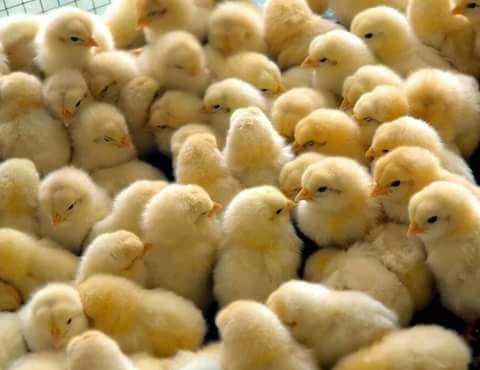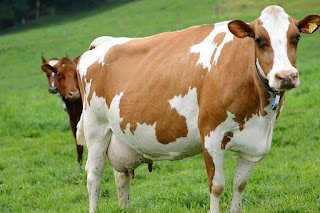Consistency in management and proper milking procedures are essential for profitable dairy production. Following correct procedures can lead to increased production along with quicker milk output and quality milk. The following procedures are suggested to increase quality and production while decreasing parlor or tie-stall milking times:
- Clean Teats as necessary ᵃ
- Completely coat each teat to the base of the udder with an effective teat disinfectant
- Observe the foremilk by stripping milk into a strip cup (not under the cow). This is known as fore-stripping (may be done before pre- dipping) ᵇ
- Wipe dry with an individual towel
- Attach unit
- Adjust unit to minimize liner slip
- Shut off the vacuum and then remove the unit
- Coat the teat with post-milking disinfectant
ᵃ Wear disposable gloves – your hands are covered with bacteria that can spread to the teat.
ᵇ Strip two to three good streams of milk from each teat. Do not strip onto the floor in a tie-stall barn. This practice can cause mastitis when the cow lies down. If you strip onto the floor in the parlor, wash the parlor floor before the cows walk back to the free-stall barn. This is because cows can carry the organism back to their stalls on their feet. We recommend forestripping into a strip cup. Evaluating for any clots or coagulation in the milk. This is a sign of mastitis.
Fore-stripping does 3 things:
- Checks for mastitis by looking for any clots or coagulation in the milk. These are signs of mastitis.
- Stimulates milk let-down through oxytocin (takes 60-120 seconds to optimize).
- Foremilk contains very high amounts of somatic cells – removal of this material will lower your somatic cell count.
Suggested methods of milking
- Prepare 3-5 cows at one time, this should take less than 90 seconds (try timing this procedure), then put machines on the cows. It is critical to have a minimum of 1 minute between first teat stimulation and machine application. Milk-out should be 4-7 minutes/cow.
- Do not machine strip cows (put weights on the claw or hang on the claw) this causes damage to the udder.
- If dip cups or gloves get dirty during milking- replace the gloves and the dip.
- We recommend not washing udders; only wash teats if very dirty. Washing udders can increase mastitis as water can travel up the teat canal through capillary action. If you must wash teats, use clean water for each cow.
- Milk high somatic cell count cows and mastitic cows last as the mastitic-causing bacteria can travel from cow to cow.
Reducing somatic cell counts can result in additional profits from quality incentives and also through increased production. The following table indicates the potential increased milk yield that can be realized through reducing somatic cell count.





